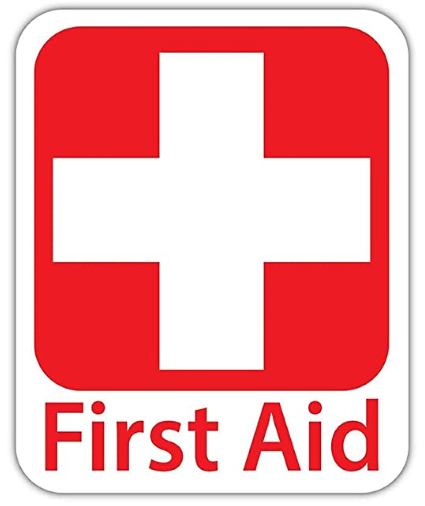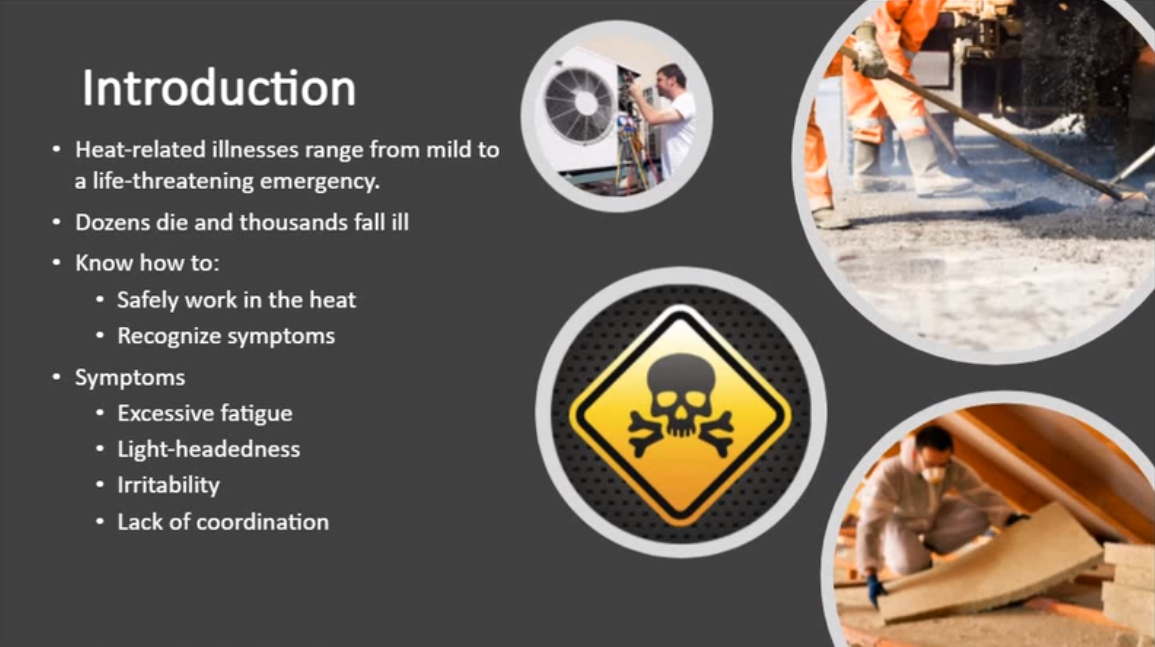86.7% of sexual harassment discrimination charges are filed by women. OSHA
This course includes content satisfying training requirements in the following states:
- Illinois
- Delaware
- Maine
- Massachusetts
- Rhode Island, Vermont
- Washington
Sexual harassment is against the law. Title VII of the Civil Rights Act of 1964 and the Civil Rights Act of 1991 prohibit discrimination of any kind. Sexual harassment is a form of sex discrimination.
In management, you have to have a plan for addressing sexual harassment in the workplace, and you should provide training on at least an annual basis, because sexual harassment is, first, a crime, but it is also an expensive one that threatens the viability of your operation.
Sexual harassment incidents trouble the work environment by establishing a negative environment that can ruin working relationships, lower productivity, result in costly administrative actions and even more expensive litigation. You need protect your employees from sexual harassment and educate them on the explicit policy, encouraging them to report violations freely.
Adherence to the sexual harassment company policy is essential. A ‘zero tolerance’ policy is the best option. This will help you avoid liability and disciplinary action by fulfilling your management responsibilities. It will also help reduce the number of sexual harassment incidents.
How to handle incidents of sexual harassment?
Appropriate Response to Charges
- Conduct proper investigations when necessary, immediately.
- Take prompt and effective corrective action.
- Ensure the victim is “made whole”.
Manager Responsibilities
- Maintain a work environment free of sexual harassment.
- Be able to identify sexual harassment.
- Prevent sexual harassment incidents.
- Respond effectively to sexual harassment.
- Understand federal and state laws and your company’s policy.
- Create and maintain a positive, productive workplace.
- Model appropriate behavior.
- Contact Human Resources with concerns and complaints.
- Take appropriate steps to eliminate behavior that might be perceived as sexual harassment.
- Investigate every complaint.
- Maintain confidentiality, except for disclosure reasonably required by the investigation.
There are three primary conditions specified by the Equal Employment Opportunity Commission (EEOC) under which managers, supervisors, and the company can be held accountable for sexual harassment. The 1st condition is when the supervisor or manager personally commits an act of sexual harassment.
The 2nd condition is when an employee commits an act of sexual harassment against another employee and a supervisor or manager knew or should have known about the conduct. Unless the manager can show that timely and appropriate action was taken, the manager and the company can be held liable.
The 3rd condition is when a non-employee (or “third party”) commits an act of sexual harassment against an employee and the supervisor or manager knew or should have known about the conduct and no action was taken. If you are unsure whether one of these conditions applies to a specific situation, immediately consult with Human Resources.
Federal Discrimination Laws
- Title VII of the Civil Rights Act
- The Age Discrimination in Employment Act
- The Americans with Disabilities Act
- The Equal Pay Act
- The Genetics Information Nondiscrimination Act
Sexual Harassment Behaviors
Three criteria that must be met:
- Must be of a sexual nature
- Must be unwelcome
- Must be severe or pervasive
Employees might not report unwelcome conduct or behaviors for fear of job loss, rejection, retaliation, etc.
Hostile Work Environment Sexual Harassment
- Sexually harassing behaviors by a manager, supervisor, another employee, or a third party, that are sufficiently severe, persistent or pervasive to unreasonably interfere with an employee’s job performance
- Courts employ “reasonable person” standard
- A person does not have to be the target for a hostile work environment to occur
Behaviors Include:
- Sexually oriented jokes;
- Sexually explicit emails, texts, screen savers;
- Unwanted verbal and physical contact, including touching, hugging, kissing, patting or fondling, or intentional and repeated brushing or bumping against a person’s body;
- Repeated letters, telephone calls, visits, or pressure for dates or sexual favors;
- Repeated, unwanted flirting;
- “Stalking” behavior.
Quid Pro Quo or “this for that” situations:
- Employer is always held liable
- Harasser is always held liable
Hostile Work Environment
- Harasser is always held liable
- Employer is held liable for harassment by owner/senior manager
- Employer and manager/supervisor are held liable for harassment by management, co-worker, or third party if they:
- Knew or should have known, and;
- Failed to take prompt, effective action.
- Employer may reduce or eliminate liability if the employer:
- Has a policy against harassment;
- Adequately communicates the policy to all employees;
- Has a proper complaint procedure;
- Takes quick, appropriate action when an incident is reported or witnessed.
What Management Should Do to Prevent Sexual Harassment
- Develop and publicize a sexual harassment policy that clearly states sexual harassment will not be tolerated and that explains what types of conduct will be considered sexual harassment.
- Develop and publicize a specific procedure for resolving complaints of sexual harassment.
- Develop methods to inform new management and employees of the company’s sexual harassment policy and reporting procedure.
- Conduct annual sexual harassment awareness training for all employees.
- Educate employees.
- Create and maintain a positive, productive workplace.
- Model appropriate behavior.
- Observe interactions in the workplace.
- Confront harassers.
- Stop harassing behaviors immediately.
Sexual harassment is a crime that creates a whole host of problems in the workplace. First, no one should have to work with the fear of being subjected to unwanted advances from colleagues. Sexual harassment has a chilling effect in the workplace that fractures working and personal relationships, and damages the reputation of employers that foster such an environment. Liability is high in sexual harassment situations, so there is good reason to take every measure possible to deter sexual harassment behavior.














Reviews
There are no reviews yet.